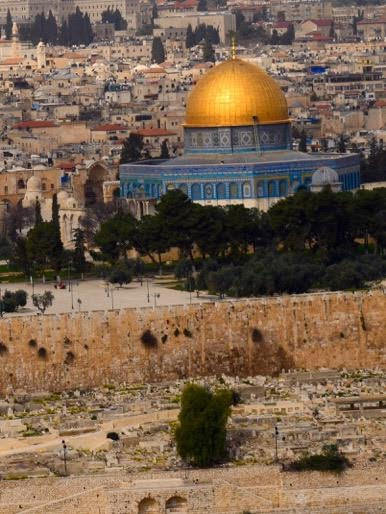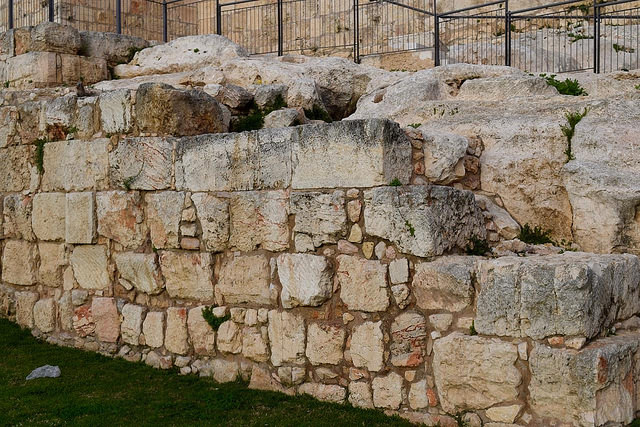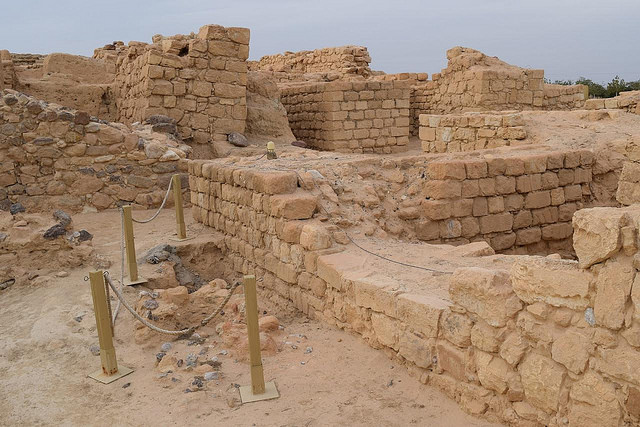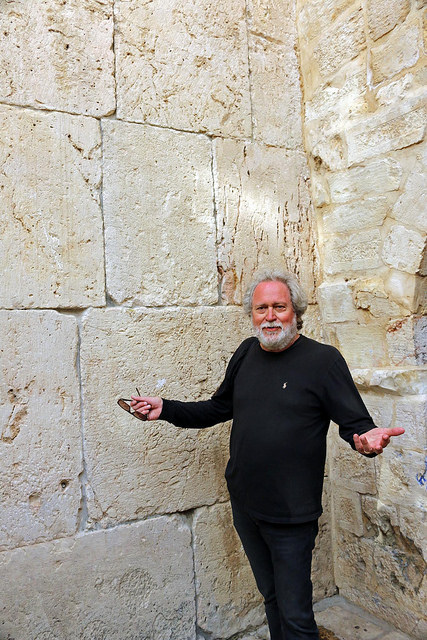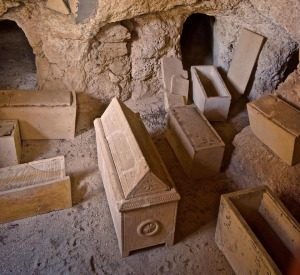
For the first time, Popular Archaeology Magazine will be actively engaged in co-hosting a group to tour a number of archaeological sites in what has traditionally long been known to many as the ‘Holy Land’. The region, as most people know, is rich with sites that hold historical, cultural, and religious value to people of three major world faiths. Since its inception, the online magazine has published numerous articles as major feature articles as well as brief news stories about the archaeological discoveries being made in the region in recent years.
“But reading about it really is nothing like actually being there and seeing these places in person,” says magazine editor Dan McLerran. “The real feel of a place — the air, the sounds, the smell, the feel of ancient stones at your touch, the visual experience that is quite different than the pictures — there is no adequate substitute.”
In addition to his two-week participation in an excavation at the ancient site of Bethsaida in 1998, McLerran recently embarked on a one-week tour of a number of important archaeological sites in Jerusalem and in surrounding areas, as far north as the site of Banias near the Syrian border to as far south as the site of ancient Tamar in the desert south of the Dead Sea.
“Along with just being there,” says McLerran, “the sites really came alive when a very special ‘celebrity’ expert guide related the history, story and meaning behind them.”
In that trip, McLerran, along with a group of others, traveled with Dr. James Tabor, a world-renowned scholar on Second Temple period Judaism and early Christianity. Tabor is known not only for his scholarship but also for his affiliation with recent controversial discoveries connected to Jesus of Nazareth. His views or interpretations of the Jesus movement and certain recently discovered artifacts have drawn fire from other scholars who interpret the finds differently. But he has also amassed a large following of individuals and some scholars who subscribe to many of his views.
“The controversy and the outstanding questions about many of these sites and artifacts make them all the more interesting to me,” says McLerran. “So in addition to the traditional experience and feeling of actually being in these places, I got a perspective-broadening experience — the stimulation of knowing there is something more than the long-standing traditional way of seeing these things.”
The group, led by Ross Nichols, that McLerran will help to host will be visiting Jerusalem and the surrounding areas beginning March 3, 2017. Among the group leaders will be Tabor himself, who will take the group to key sites in Jerusalem, provide lectures, and answer questions.
“I’m hoping this will be a rich educational and eye-opening experience for everyone, because that is what it is designed to accomplish. Everyone should walk away with not only a once-in-a-lifetime experience, but also with an endowment of deeper knowledge and appreciation for the history, events, people, and places that have made this part of the world a magnet for scholars and archaeology and history buffs alike — as well as for those who feel a deep religious or emotional connection to this region.”
_______________________________________
Above: A tomb on the Mount of Olives. Dr. Tabor suggests that the site of the crucifixion and the temporary “new” tomb in which Jesus was laid was more likely located on the Mount of Olives. This is an example of one of the sites the group may be visiting.
_______________________________________
A view of the site where Dr. Tabor suggests Jesus stood in judgment before Pontius Pilate. It is one of the sites that will be visited on the tour.
_______________________________________
The ancient remains of Tamar, an Israelite fortress during the Iron Age and a Roman fortress during the Roman period. This is one of the many sites that will be visited on the tour.
_______________________________________
Dr. Tabor stands before the Herodian stonework remains of the building that tradition holds was the site of the “Last Supper” and, according to Tabor, served as the Jerusalem ‘headquarters’ of the early Christian movement before the destruction in 70 C.E. This is one of the many sites that will be visited on the tour. Photo by Victoria Brogdon
_______________________________________
Included, although optional, will be the opportunity to stay for a few days inside the walls of Jerusalem’s Old City for a more up-close-and-personal experience with the ancient ambience of the city.
More information about participation in this special tour can be found here.
____________________________________________________

